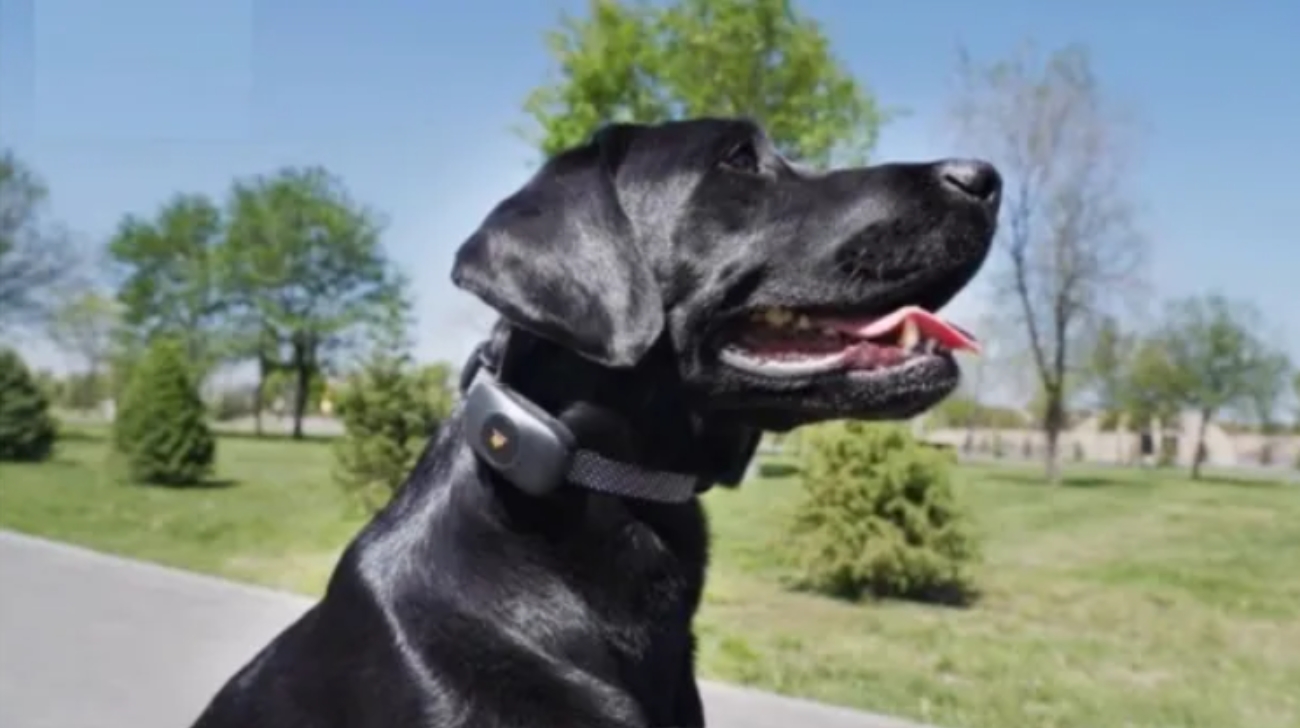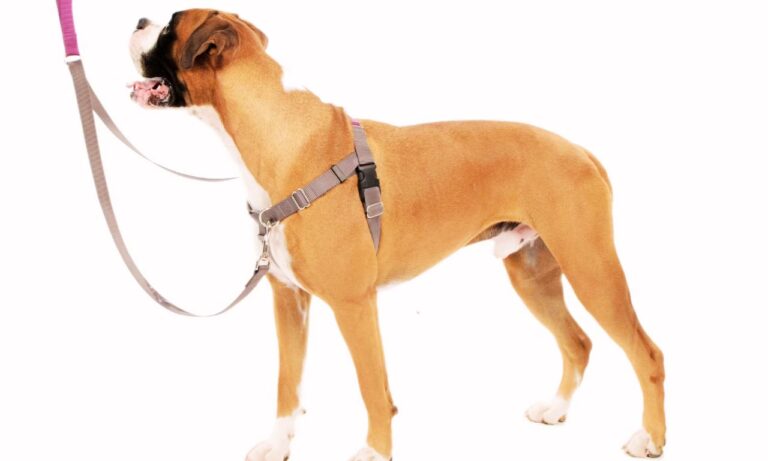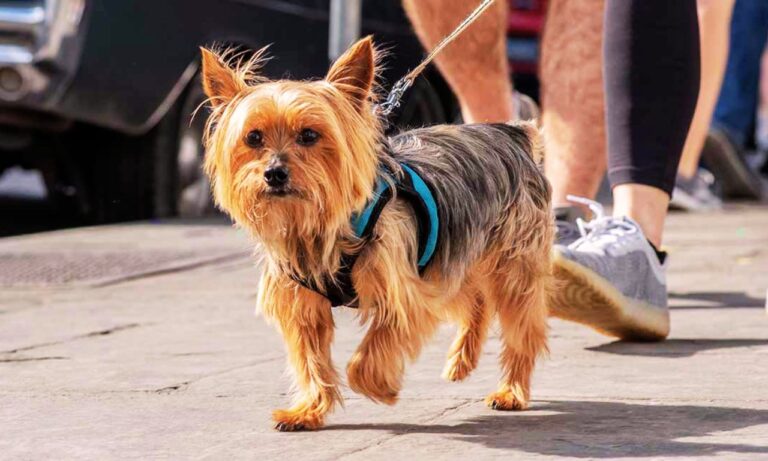Remote dog training collars, also known as e-collars or shock collars, are powerful tools designed to help you train your dog with precision and effectiveness. These collars provide an “invisible leash,” allowing you to correct unwanted behaviors from distances ranging from 70 meters to over 1000 meters. Learning how to use a remote dog training collar is essential for achieving the desired behaviors in your dog while ensuring their comfort and safety. Understand the difference between e-collar and shock collar to ensure your dog’s safety and comfort.
How to Use a Remote Dog Training Collar | 3 Quick Methods
So, how to use a remote dog training collar? Remote dog training collars are effective tools for teaching your dog obedience and correcting unwanted behaviors. I will provide essential steps to ensure proper use, ensuring your dog’s comfort, safety, and success in training. Discover the best remote control dog training collar for effective and humane training.
Blog Highlights
ToggleMethod 1. Fit the Remote Dog Training Collar Properly
Before you begin training your dog with a remote collar, it’s crucial to ensure the collar is fitted correctly. A well-fitted collar is the foundation for effective training.
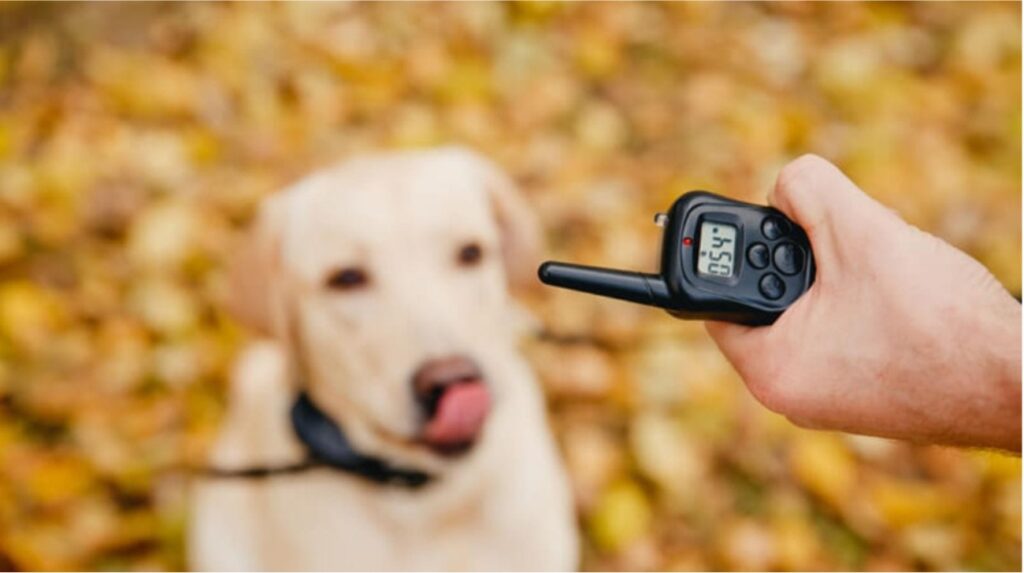
Steps to Fit the Collar
- Turn Off the Collar: Before fitting the collar, make sure it is turned off to avoid any accidental stimulation.
- Position Your Dog: Do not fit the collar while your dog is sitting down. Instead, have your dog stand comfortably.
- Check the Fit: Place the collar around your dog’s neck, ensuring it sits snugly. You should be able to fit one finger between the collar and your dog’s neck. The collar should be snug but not tight.
- Allow Your Dog to Adjust: Let your dog wear the collar for a few minutes to get comfortable with it. This acclimation period helps prevent any negative associations with the collar.
- Recheck the Fit: After a few minutes, recheck the collar’s fit to ensure it hasn’t loosened or shifted.
- Turn on the Collar: Once you’re confident the collar fits properly, you can turn it on and test its functionality.
Pro Tip
For the best results, let your dog wear the electric training collar for a few days to a week before starting active training. This helps your dog view the collar as just another accessory, reducing the likelihood of them becoming “collar-wise.” In other words, your dog will associate corrections with their behavior rather than the collar itself.
Method 2. Introduce the Tone and Stimulation of the Remote Dog Trainer
Once the collar is fitted properly, the next step is to introduce your dog to the tone and stimulation features of the remote trainer. This introduction is key to ensuring your dog understands the signals and responds appropriately.

Finding Your Dog’s “Recognition Level”
The recognition level is the level of stimulation that your dog responds to without being overwhelmed. To find this level, follow these steps:
- Minimize Distractions: Begin training in a quiet location where your dog feels safe and comfortable.
- Charge the Devices: Ensure both the handheld remote (transmitter) and the collar (receiver) are fully charged or have fresh batteries.
- Start with the Tone Button: Spend 10-15 minutes per day for 2-3 days introducing your dog to the tone. Push the tone button for 2 seconds, then reward your dog with verbal praise or a treat. Repeat the process, allowing 2-5 seconds between each tone.
- Observe Your Dog’s Response: Gradually introduce static stimulation starting at the lowest level. Look for subtle changes in your dog’s behavior, such as:
- Looking around in curiosity
- Scratching at the collar
- Flicking their ears
- Adjust the Stimulation Level: If your dog shows no response, gradually increase the stimulation level until you notice a change in behavior. This level is your dog’s recognition level.
Quick Tip
Vary the rewards you use during training to keep your dog engaged and responsive. As soon as your dog begins to anticipate a reward with the tone, you’ve successfully completed this phase of training.
Method 3. Start Teaching Commands Using the Electric Dog Training Collar
With the collar fitted correctly and your dog familiar with the tone and stimulation, you’re ready to start teaching basic commands. These commands form the foundation of good behavior and obedience.

1. The Sit Command
Teaching your dog to sit is one of the most basic yet essential commands. Here’s how to do it using a remote training collar:
- Use an Extra Collar: Place a non-metallic collar above the remote training collar. This collar should not apply pressure on the remote collar’s contact points.
- Attach the Leash: Attach a leash to the extra collar and hold both the leash and the remote trainer in one hand.
- Guide Your Dog: Use your free hand to guide your dog into the sitting position.
- Apply Stimulation: Press and hold the stimulation button while giving the “SIT” command. Release the button as soon as your dog sits.
- Praise and Repeat: Praise your dog immediately after they sit. Allow them to move and then repeat the process until they consistently respond to the command. Learn how a dog collar can cause hair loss and tips to prevent it.
2. The Come Command
The “come” command is vital for your dog’s safety, especially in outdoor settings. Here’s how to teach it using a remote collar:
- Wait for Your Dog to Move Away: Allow your dog to walk away from you.
- Apply Stimulation: Press the stimulation button at your dog’s recognition level and immediately give the “COME” command.
- Guide Your Dog: Use the leash to gently guide your dog toward you. Release the button as soon as your dog starts moving toward you.
- Praise and Reward: Praise your dog or give them a treat when they reach you. Repeat the process to reinforce the command.
3. The Stay Command
Teaching your dog to stay is useful in various situations, such as when guests arrive at your home. Here’s how to teach it:
- Position Your Dog: Place your dog in the desired spot and walk within a 3-foot perimeter.
- Monitor Movement: If your dog tries to leave the spot, press the stimulation button and give the “STAY” command. Hold the button until your dog returns to the spot.
- Praise and Repeat: Praise your dog after they stay in place for a few moments. Repeat the exercise until your dog understands the command.
4. The Heel Command
The “heel” command ensures your dog stays close to you during walks. Here’s how to teach it:
- Shorten the Leash: Keep the leash short so your dog walks beside you.
- Release the Leash: Slowly release the leash. If your dog moves away, press the stimulation button and give the “HEEL” command.
- Guide Your Dog Back: Use the leash to gently pull your dog back to your side. Release the button when your dog returns to the correct position.
- Praise and Reward: Praise your dog or give them a treat when they heel properly.
Reinforcing Positive Behaviors
Once your dog masters these basic commands, you’ll find it easier to reinforce positive behaviors and correct unwanted ones. The remote training collar can also be used to address specific issues such as jumping on people, digging in garden beds, chasing cars and people, and excessive barking.

How to Correct Unwanted Behaviors with a Remote Dog Training Collar?
In addition to teaching basic commands, remote dog training collars are effective tools for correcting unwanted behaviors. Here are some common issues and how to address them using a remote collar.
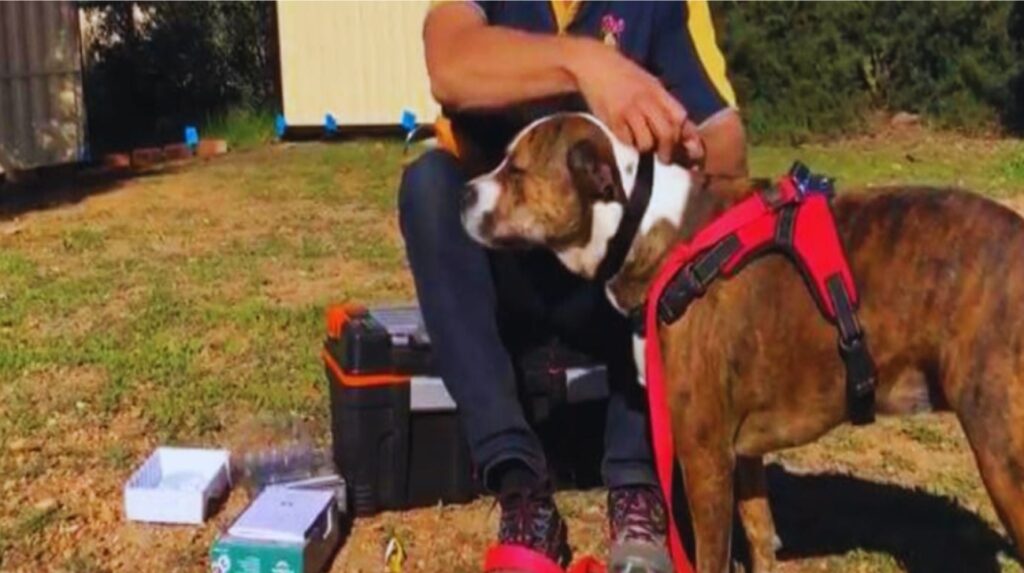
1. Jumping on People
Dogs often jump to get attention, but this behavior can be annoying or even dangerous. To correct it:
- Set the Stimulation Level: Choose a stimulation level one step higher than your dog’s recognition level.
- Apply Stimulation When Your Dog Jumps: Press the stimulation button as soon as your dog starts jumping and give the “SIT” command.
- Release and Praise: Release the button when your dog sits down and praise them immediately.
2. Digging Up Garden Beds
Digging is a natural behavior for many dogs, but it can be destructive. To curb this habit:
- Monitor Your Dog: Allow your dog to wear the collar and observe them while they are in the yard.
- Apply Stimulation When Digging: Press the stimulation button as soon as your dog begins to dig. Release the button once they stop.
- Repeat as Needed: If your dog ignores the stimulation, increase the level by one and repeat the process. Find out the significance of a red collar on a dog and what it could indicate.
3. Chasing Cars and People
Chasing is a dangerous behavior that can be effectively controlled with a remote collar:
- Master the Come Command: Ensure your dog responds reliably to the “COME” command.
- Set Up a Scenario: Create a situation where your dog is likely to chase, such as having a friend ride a bicycle or car nearby.
- Apply Stimulation During the Chase: Press and hold the stimulation button while giving the “COME” command. Release the button when your dog stops chasing and returns to you.
4. Excessive Barking
Excessive barking can be a nuisance to both you and your neighbors. To address this:
- Apply Stimulation When Barking: Press the stimulation button as soon as your dog begins barking excessively and give the “QUIET” command.
- Increase Stimulation if Needed: If your dog does not respond, increase the stimulation level and repeat the process.
- Praise and Reward: Praise your dog when they stop barking to reinforce the behavior.
Conclusion
Using a remote dog training collar can significantly improve your dog’s behavior and obedience when used correctly. By following these steps, you can ensure that your dog understands the commands and responds appropriately to corrections. Remember, the key to successful training is consistency, patience, and positive reinforcement. Hope so, now you know how to use a remote dog training collar. Explore the best e-collar for large dogs to provide optimal training and control.

